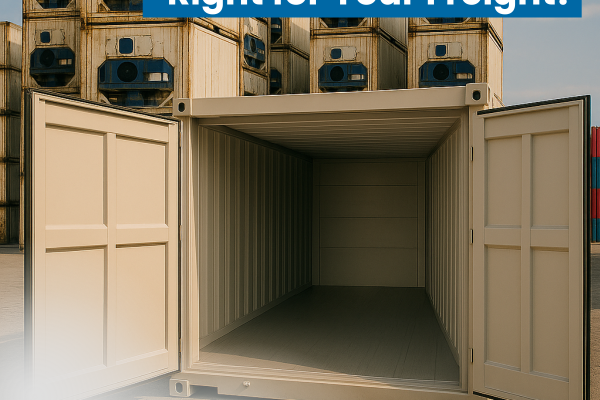Occasionally importers are contacted by their suppliers asking approval to use an “NOR” container for their shipment, or an exporter will be offered one by a shipping line. We frequently get asked what is meant by this term.
A Non-Operating Reefer (NOR) container is a refrigerated shipping container (reefer) where the refrigeration unit is switched off and it is repurposed to ship dry cargo – usually when there’s a surplus of reefers at any port, and general cargo that needs to be moved.
There are a few angles to consider when the opportunity arises to utilise an NOR.
– Firstly, there should be a cost saving, as it is generally in the interest of the shipping line to reposition their empty boxes from one port to another.
– Secondly, it must be noted that an NOR does not hold as much cargo as a conventional container, which may be suitable if you have less freight to ship.
– Thirdly, there are restrictions as to what kind of goods can be loaded into them.
For these reasons, we will work with you, as your Broker, to determine if the use of an NOR is to your advantage.
Availability and Cost
Using NORs can be more cost-effective than using standard general-purpose containers, and the rates for these are not published – they are negotiated on demand. Most of the major shipping containerlines offer NOR services, to avoid the need to transfer empty reefer boxes between locations, which is a loss of revenue for them.
A container can be used as an operating reefer to one destination and a non-operating reefer to the next. As a bonus, there is an environmental benefit to NORs: a reduction in the number of empty reefer containers being transported contributes to a smaller carbon footprint.
Limits on Volume of Cargo
The internal cargo capacity of an NOR is reduced by about 10% to 15% compared to a regular General Purpose (GP) container. For comparison:
– Internal dimensions for a 20’ NOR are typically around 5.456m long, 2.294m wide, and 2.273m high, with a capacity of 28 cubic meters, as compared to 33 cbm for a GP. The door opening is also slightly smaller.
– Likewise, a 40’ has the same width and height as the 20’ but its internal length of the NOR is only 11.58m instead of 12.03m for a GP container.
Losing this space can have a significant impact on your shipping load, and may make the savings achieved with a discounted NOR rate of little benefit in some cases.
The reason for the reduced dimensions is the space required for the refrigeration unit (GENSET), higher quality re-enforced walls and a smaller door opening. In order to maintain their food-grade standards, ocean carriers are selective about the type of cargo allowed into NORs.
Types of Goods that are Compatible
Only goods that do not damage the equipment and insulation material are permitted. No hazardous, scrap, crates or unpackaged goods, as there are limited lashing points.
As a rule, cargo packed neatly in cardboard or similar cartons without sharp edges is fine. The cartons should be such that they can be stacked and lashed safely, so they do not move around inside the non-operating reefer.
NORs are suitable for goods like: Furniture, Toys, Footwear, Paper Goods, Apparel, Footwear, Textiles & Fabric, Makeup & Accessories, Food & Beverage, Electronics, Machine Parts.
Restricted cargo in NORs includes: Hazardous/Dangerous Goods, Metal, Heavy Machinery, Oversized Goods, Chemicals.
When an occasion arises that calls for the use of a Non-Operating Reefer box, we will answer all your questions and work with you to choose the best option. For more information – including freight rates – give us a call at Colless Young. Talk to Andrew, Tel: +61 7 3890 0800 email enq@collessyoung.com.au.

